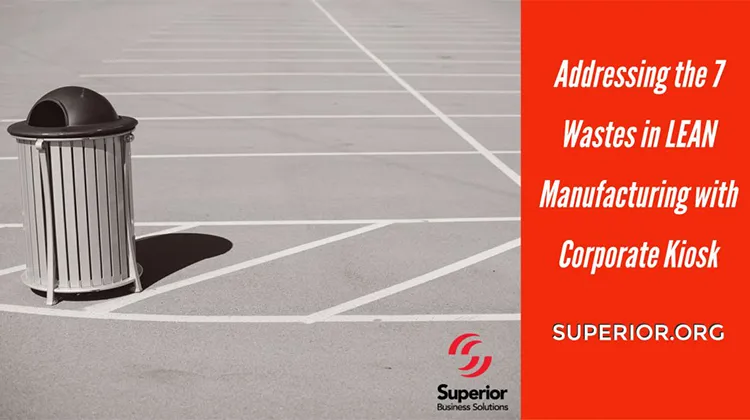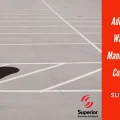Waste #3: Processing—Part 5 of 8: Addressing the Seven Wastes in LEAN Manufacturing with Corporate Kiosk
The seven wastes identified in LEAN manufacturing were the subject of an extremely popular post when first published. Therefore, we’ve been revisiting the topic recently and discussing each of those seven wastes in more detail. In today’s post, I’d like to look at the wastes that could be impacting your business related to motion.
“Poetry” in motion. Perhaps you remember the old song with the same title. You’ve certainly heard it used as a cliché to describe some graceful figure skater or other gifted athlete. Ideally, a business and its systems strive to achieve a similar level of smooth, streamlined efficiency. However, LEAN manufacturing principles don’t find much poetry in motion. They point out the costly inefficiency in it.
In LEAN Manufacturing Small Motions Matter
A few posts back, we talked about waste in transportation. That dealt primarily with (eliminating) the need to move things large distances unnecessarily. Wastes in motion, according to LEAN practices, are less obvious. Here are just a few examples:
- In a manufacturing or assembly line, a poorly designed workspace can cause extra exertion on the part of the worker. In addition, it adds extra time to the process.
- On a typical factory floor or job site, workers may need to search for tools and supplies to complete the job.
- In a service business, customer service reps may need to take extra steps to respond to a customer call. And a technician may waste time not helping the customer as he or she rummages through a poorly organized mobile service van.
- In any business, an employee may need to re-enter data multiple times because of inefficient software programs (localized or enterprise-wide), wasting time, and slows down the system’s performance.
- On a company website, customers and prospects may need to navigate complex menu structures or make too many clicks to “get where they are going” or accomplish a given task.
Wasted Motions in Your Print and Promotional Product Process
If you do not currently use contemporary technologies in these areas, you could be wasting motions.
- Do employees duplicate their efforts on multiple occasions and/or in different offices to source, order, and take delivery on essentially the same documents?
- Are managers or key employees “starting from scratch” each time a promotional product is needed, wasting effort and inviting inconsistency as a result?
- Do field salespeople spend excessive time hunting down business forms and promotional products and getting them to where they are needed?
- And here’s a subtle-but-costly one. Do those same salespeople have to spend significant time bridging the gap between generic sales materials and unique client situations, while custom materials could have helped do that job?
How Corporate Kiosk Supports LEAN Manufacturing by Reducing Motion
Corporate Kiosk™ is one ideal answer. Our e-procurement print-on-demand technology delivers maximum results with no duplication of effort. First, you approve documents in advance. Then authorized employees can access them through an online portal. With print-on-demand capability, customized documents reflect each client’s situation, thus saving sales effort. Accurate product and prompt delivery save effort.
You enjoy the same efficiency with promotional items. No employees need to duplicate efforts or “reinvent the wheel.” That’s especially relevant when we help you create a promotional products plan.
Put LEAN Manufacturing in Motion for Your Business
Why introduce any unnecessary motion? After all, chances are you’re already reading this on an Internet-connected device. Why not just contact Superior Business Solutions right now with a simple click. Or get in touch with one of our experienced sales reps.
Check Out Other Posts in the Series
Addressing the 7 Wastes Identified in LEAN Manufacturing
How to Address the Waste of Waiting in LEAN Manufacturing with Corporate Kiosk
Addressing the Transportation Wastes Identified by LEAN Manufacturing
How to Address Process Wastes Identified by LEAN Manufacturing



